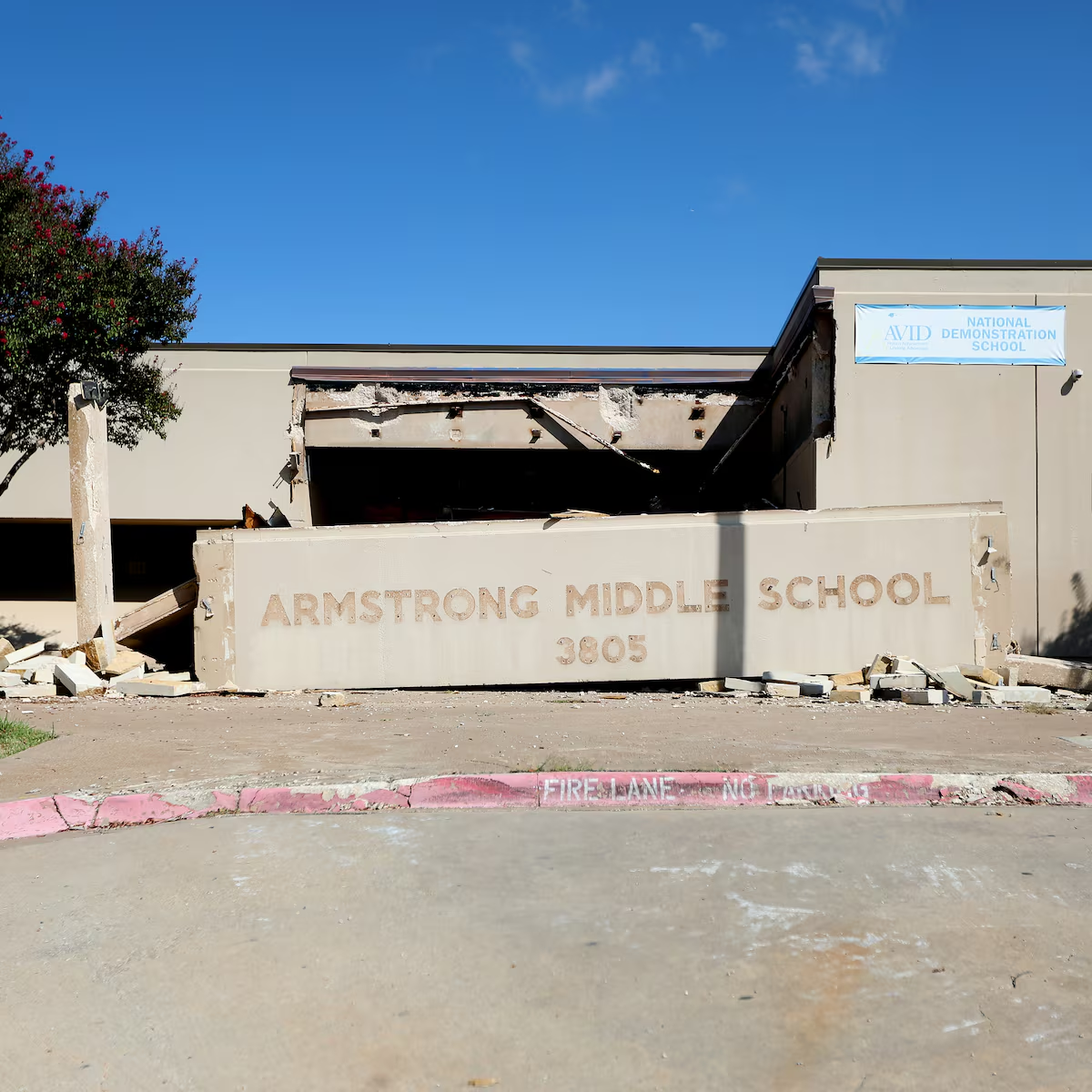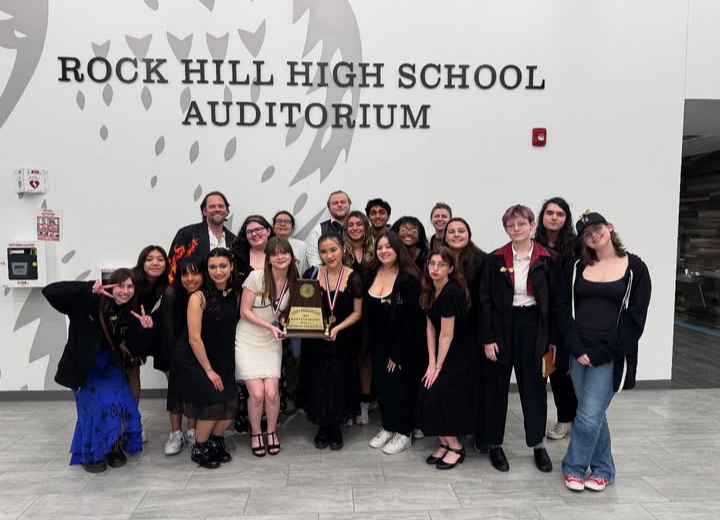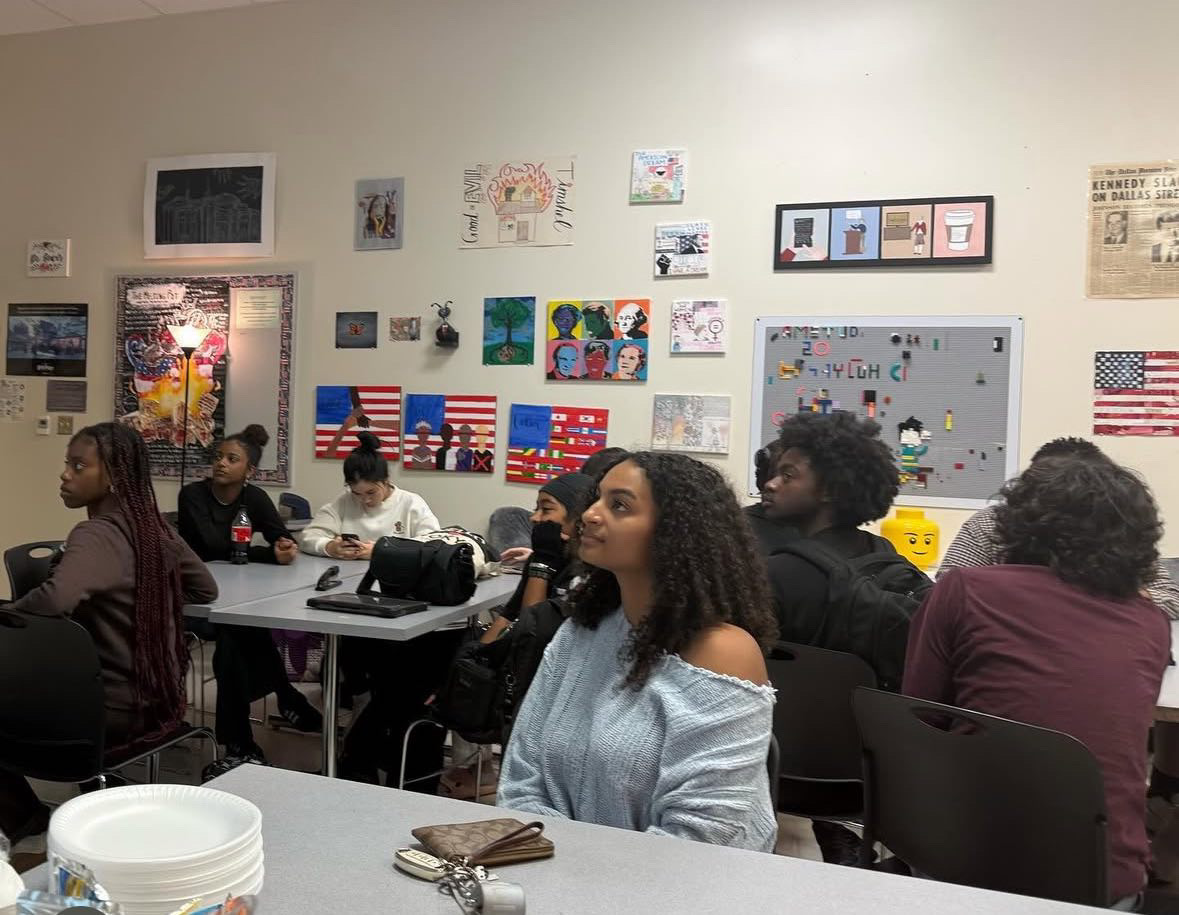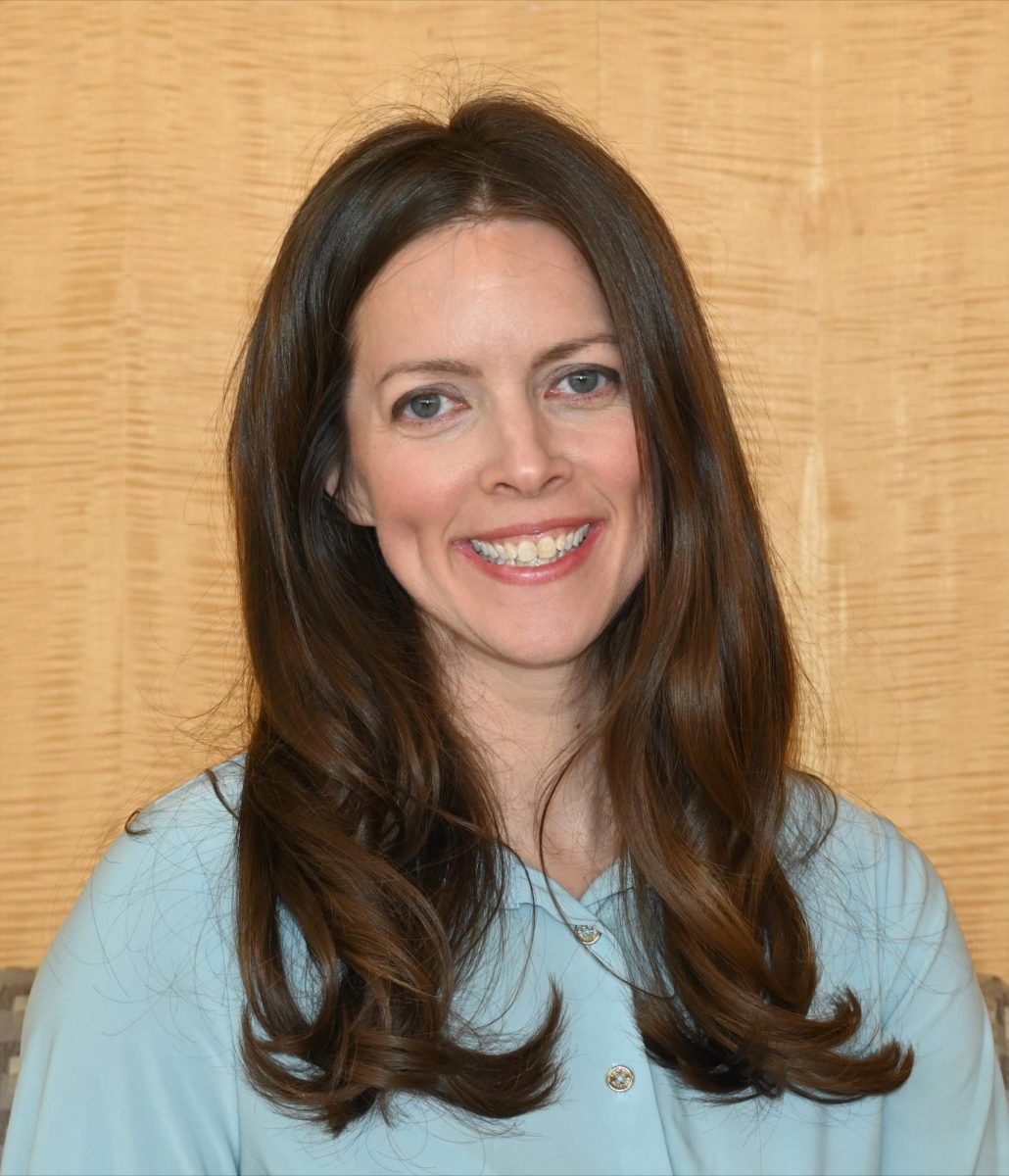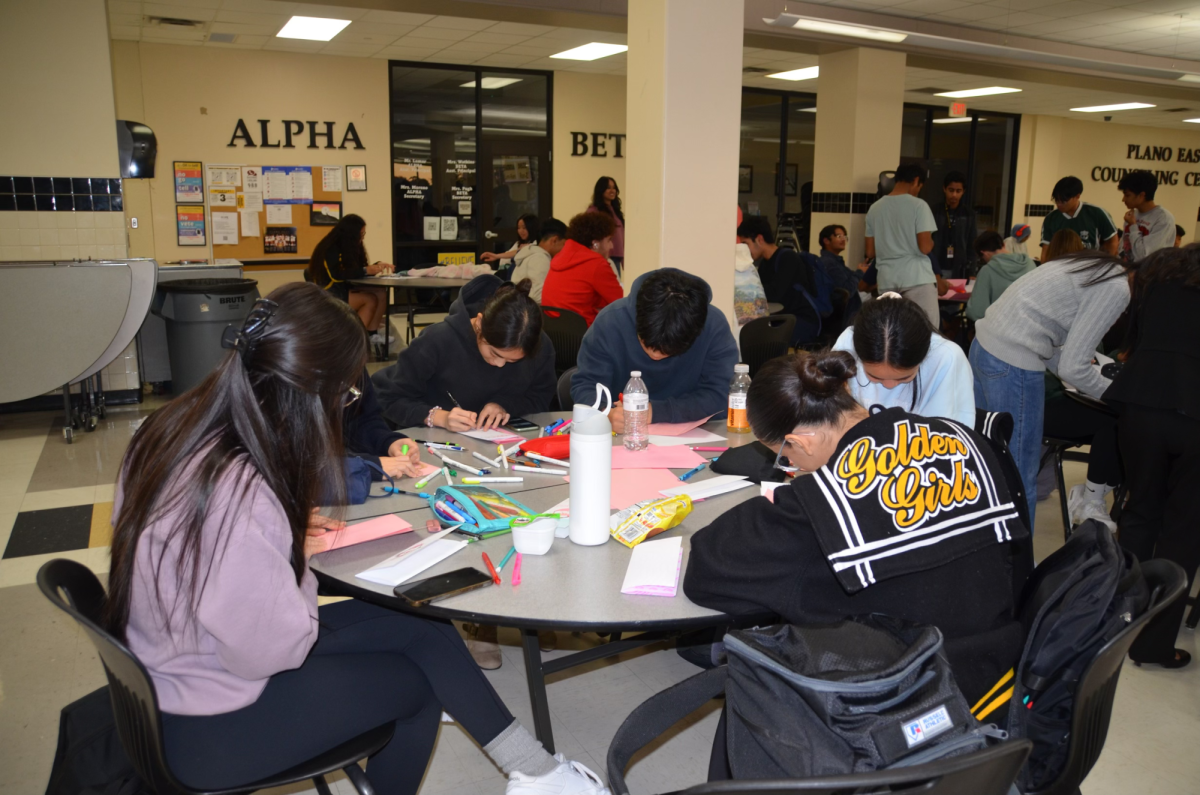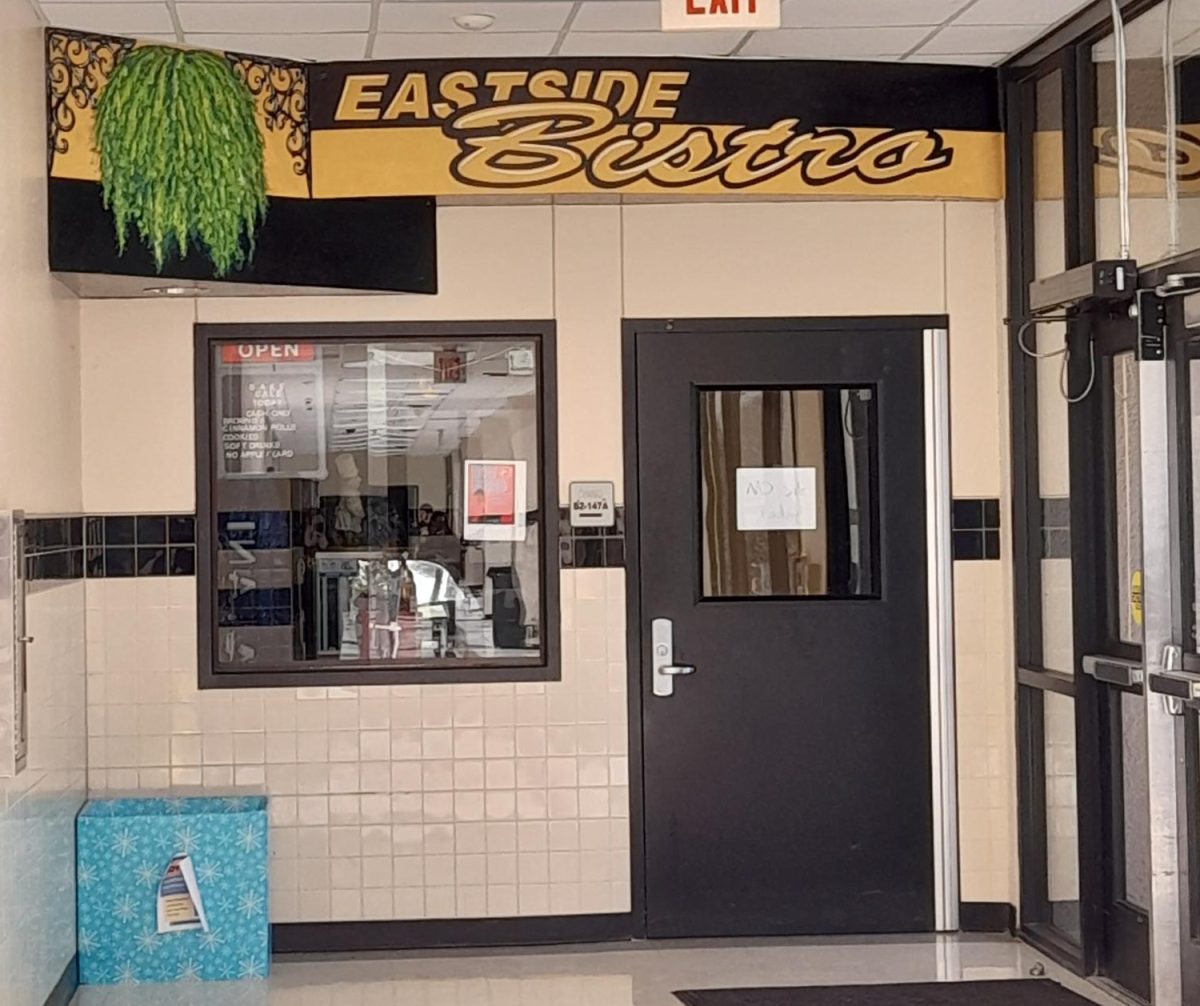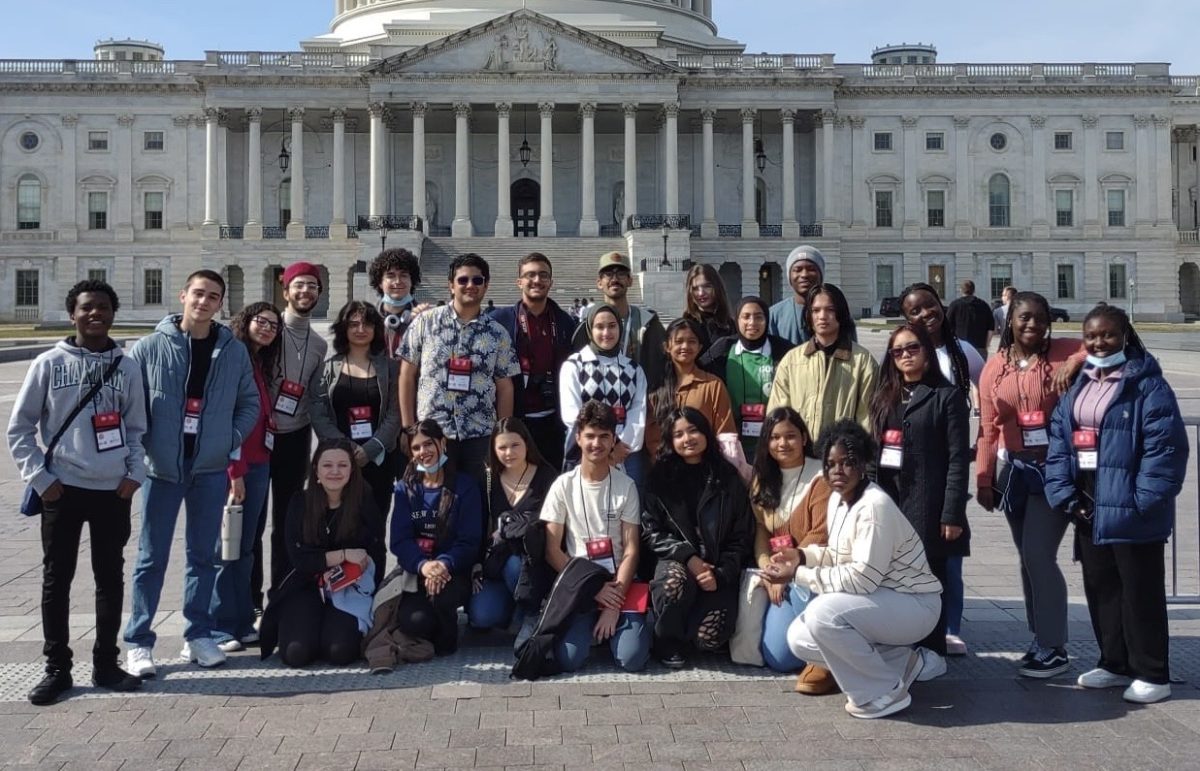An emotional video on social media portrays deserted classrooms filled with the memories of students, hallways lined by empty lockers and a library stripped away of its memorable books. Tanis Cord, alias of AbandonedTexas on TikTok and Instagram, posted the video to mark Armstrong Middle School’s last days. Cord is an urban explorer, an individual who examines and captures the life that once was held in abandoned structures. His social media presence gathers a community of Armstrong’s graduates posting old nostalgic photos and commenting about their favorite memories at the now demolished middle school.
“That’s one of the things I enjoy about taking pictures and videos like that,” Cord said. “It triggers other people’s good memories and positive reactions. It helps them be able to pass on those memories and traditions to their kids and their family when they get older.”
Cord grew up in rural Texas and initially kept urban exploring as a casual hobby in high school. He recalls visiting abandoned barns and houses in the area, describing it as an entirely different world. The structures were untouched and preserved of the life that existed many years before. Antique furniture, historical architecture and ethereal stained glass were some of things he discovered, bringing in a different perspective of life in historic periods.
“It was just incredible to walk in there,” Cord recalls. “I walked into a whole different time when people lived differently, acted differently and had a completely different lifestyle. It felt like you stepped into a time machine back to the 1800s.”
He would later study history in college and gained a greater understanding of previous eras of American culture, especially architecture. With this knowledge, it gave Cord a new outlook on urban exploring altogether. He would map out cities by their historic railroad tracks, layout and history. Though urban exploring was a small activity of his in the past, he became more involved and intrigued with historical preservation.
“I began to really take an interest in the older buildings and the historical aspects of places,” Cord said. “[My interest] grew from there and planted the seed from where I’m at today.”
Cord’s historical preservation pursuits are showcased on his social media pages with numerous videos and pictures, capturing these sites before their impending demolitions. Cord brings a sense of nostalgia and remembrance to these forgotten places. His videos preserve their memory on the internet, sharing it with its former visitors. He is among many of the online urban explorers in the DFW area, posting abandoned structures and gathering a virtual community. Cord and his fellow creators have gone on to work with historical societies lacking visual documentation of demolished structures and are filling in the gaps for future generations to look after.
“[Historical societies] had this old high school that got torn down in the 90s and wished there were more photos or videos of it,” Cord said. “One of the older urban explorers donated their photos of it and [the societies] were able to have it before it was torn down. That’s something I got into as well in my later years of exploring.”
While a large portion of the UrbEx community solely explores and documents abandoned structures, some explorers cause more harm to sites. These malicious “explorers” leave the historic and preserved places damaged by vandalizing and destroying the buildings’ parts. In Cord’s Armstrong video, the school was completely trashed. Shattered windows lined the hallways, floors were stained and the walls had inappropriate offensive drawings. Some of the illustrations included swastikas and vulgar images.
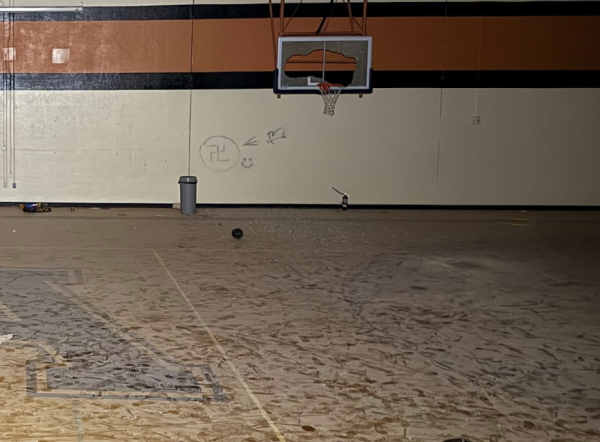
“All the backboards and glass that were broken [in the video] were not from the demolition crew,” Cord said. “[There are kids] that have no other reason except just to go in there and destroy places. They break every window possible, spray paint stick figures or inappropriate stuff on the wall, just because they have nothing better to do.”
These damages aren’t something that goes unnoticed. According to NBC, Plano Police arrested 4 individuals for trespassing in Armstrong Middle School. Whether the criminals were the destroyers or explorers is unknown, but news stations are already labeling Cord and urban exploring as dangerous and illegal.
“My reaction to them is obviously of caution,” Cord said. “I don’t want to be on someone’s radar where they’re just micromanaging my posts to see if there’s something they can try to find to cause them to try to arrest me. There’s a lot more that goes into that before they could pursue that option. Exploring an abandoned place and taking pictures of it is for the most part pretty harmless.”
However, Plano Police aren’t unwarranted for their worries. While Cord himself has never experienced major injuries, he is aware of the many dangers that come with urban exploring. There are multiple hazards that involve the structural integrity of an abandoned site. Possibilities include floors falling, walls collapsing and stairs breaking. Additionally, asbestos, a cancerous pollutant, is common in these areas due to the structures having older insulation. With these hazards, numerous protections are needed prior.
“There’s a lot of safety involved in it,” Cord said. “Over the years, I’ve learned how to protect myself and make sure I’m safe from injury. [For new explorers] it’s best to find somebody that’s more experienced to learn from and willing to teach you the basics.”
Cord makes it clear that urban exploring is a practice open to everyone, but it should be approached with respect and care. While his page inspires appreciation and intrigue for forgotten places, he also recognizes that some viewers are drawn in with destructive intentions rather than genuine interest in exploration. In the near future, Cord plans to expand his social media presence on Youtube to give a larger insight to urban exploration behind the reels and societal stigmas.
“That’s kind of the direction I’ve been going with my account,” Cord said. “I do see a lot of younger explorers that want to learn and are hungry for knowledge. [They] want to know how to act, how to find things and start taking an appreciation of the historical aspects of some places.”



